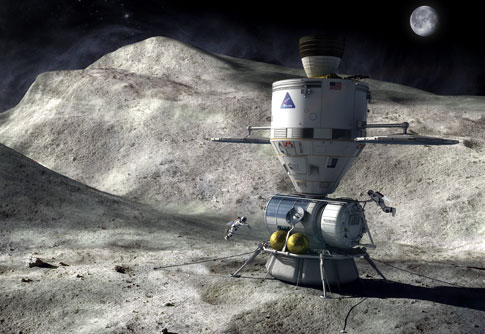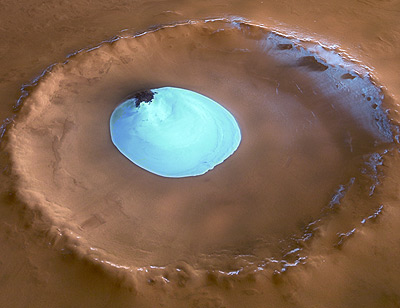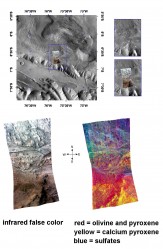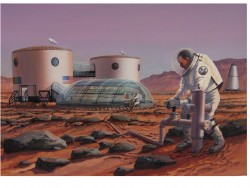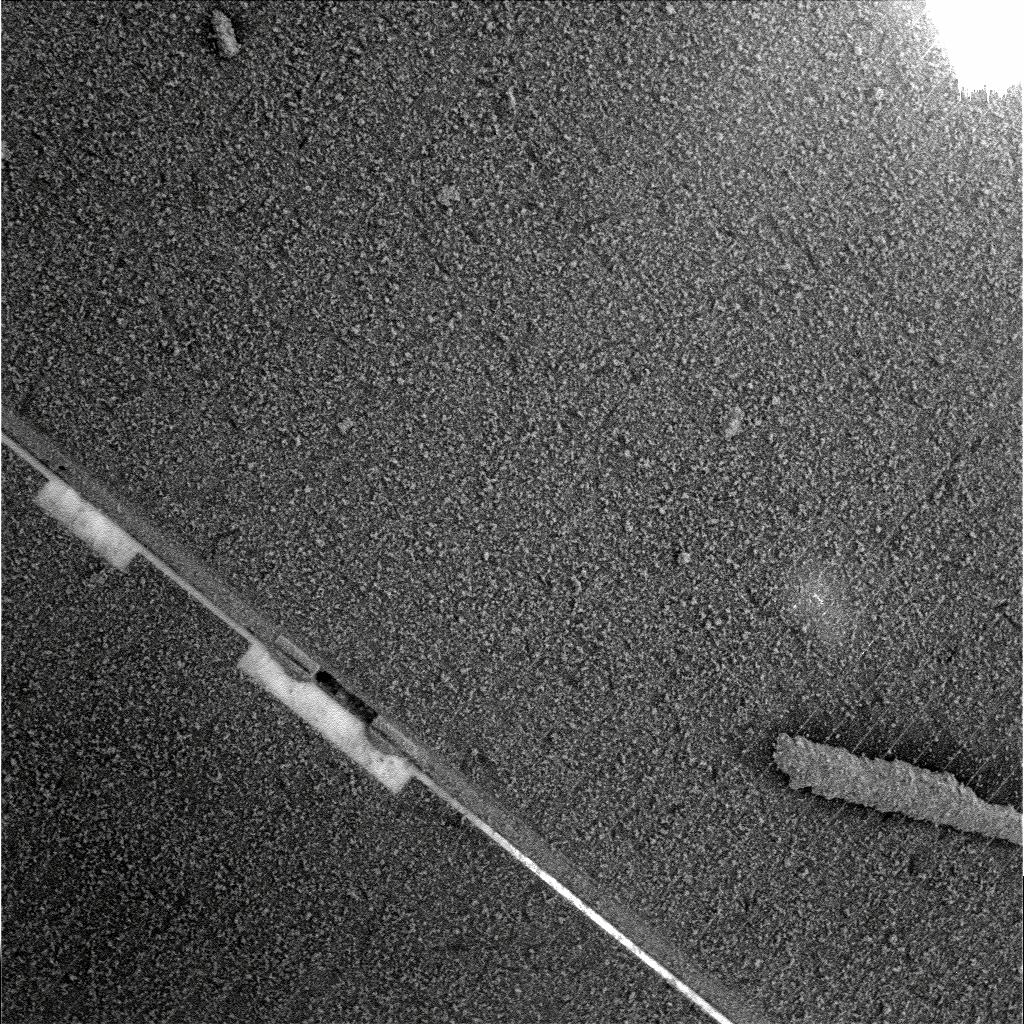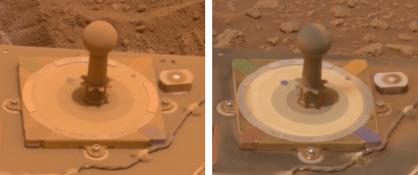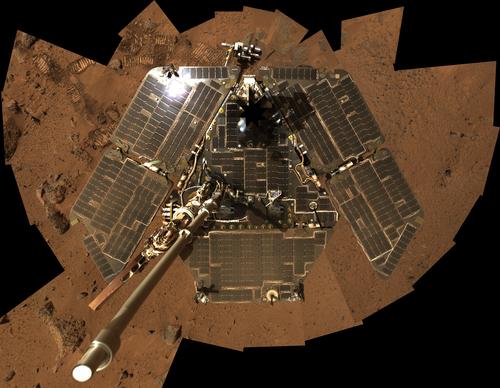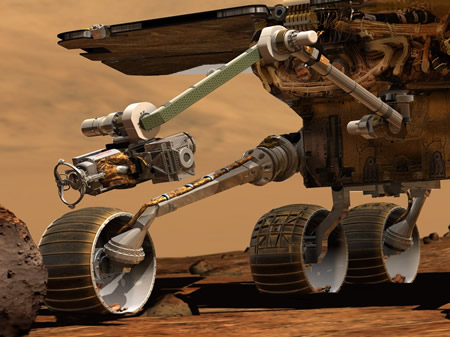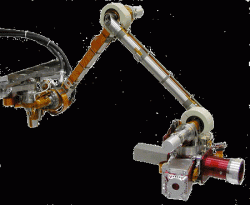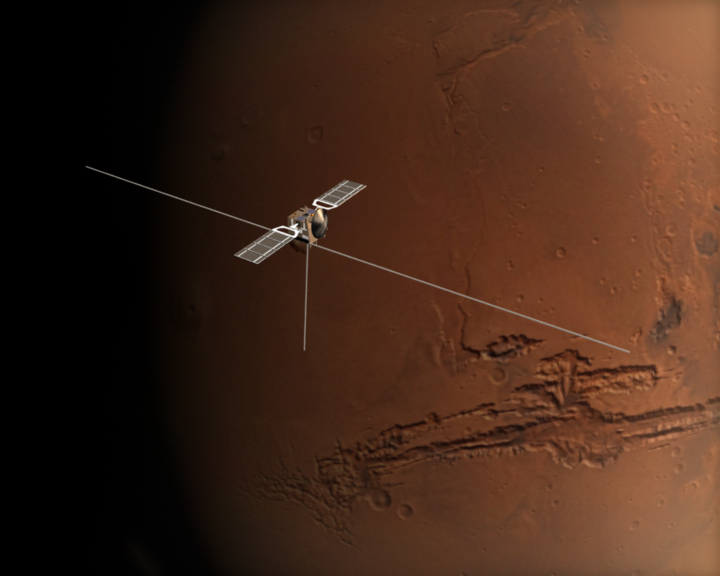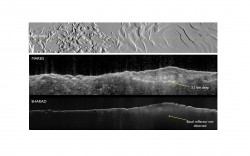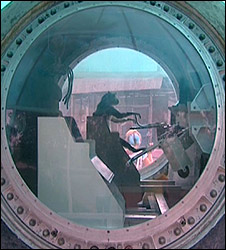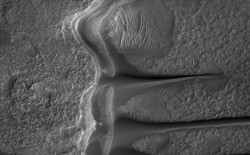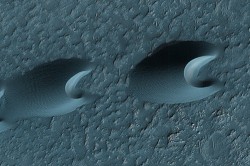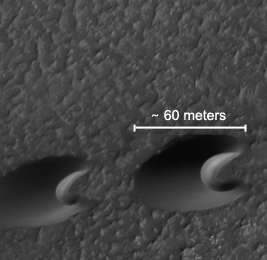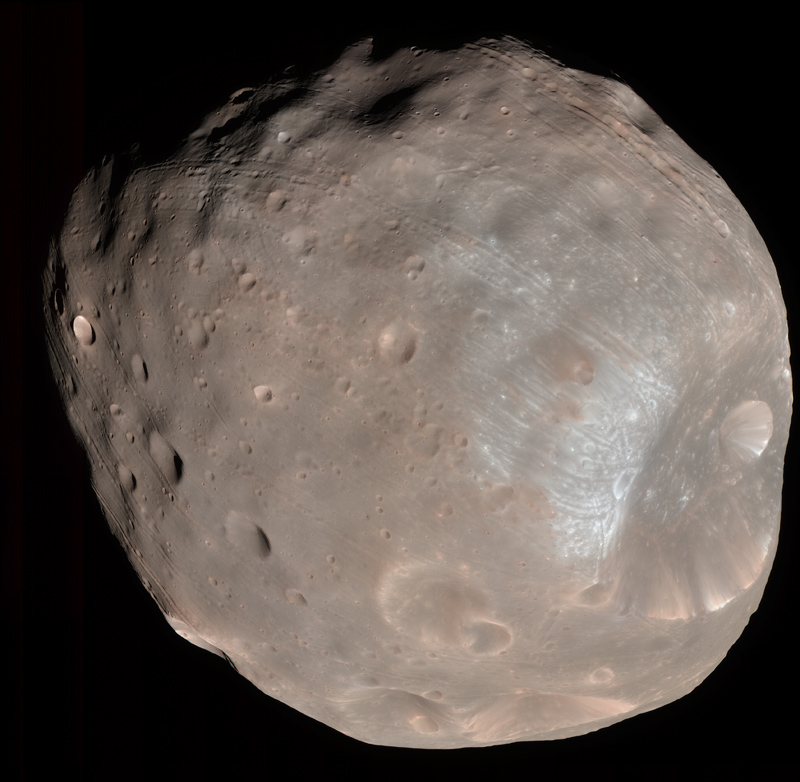What would happen if we spot a Near-Earth Asteroid (NEO) heading straight for us? Assuming we had enough time, we might be able to pull together a group of brave astronauts (or oil drillers) and send them to the asteroid just in the nick of time to destroy it… oh hold on, that sounds like the storyline for a Hollywood blockbuster. Actually, NASA is planning a mission to an NEO, but not because it’s aimed at us. An asteroid named 2000SG344 (which threatened the Earth in the year 2000) is being considered as the destination for the first manned asteroid mission. The asteroid astronauts will travel there, chasing the 28,000 mi/hr (45,000 km/hr) speeding body and then carry out experiments, living on it for up to two weeks. Why? To briefly establish a manned outpost, advancing science and technology toward the ultimate goal: Mars.
The 1.1 million tonne asteroid was once thought to be a serious threat Earth. Back in 2000, there was a significant chance that asteroid 2000SG344 may have been on a collision course for Earth (with an explosive power of approximately 1 megatonne). Obviously it wasn’t, but it is expected to make an astronomically close flyby in 2030. Before then, NASA hopes to use this 40 meter-wide asteroid as the destination of a three to six month manned mission.
The asteroid mission would act as a “stepping stone” for future planetary missions to Mars and beyond. This three-month trek would provide vital technological, psychological and practical clues to what a manned deep space mission would face. Landing on an asteroid will be very difficult (due to the tiny influence of gravity on such a low-mass body), but it would provide an opportunity for astronauts to mine for water ice, use it for consumption and convert it into its component hydrogen and oxygen (for fuel and breathing). These tests would be essential before sending man on a long-term mission to Mars.
Under the current US administration, NASA has been instructed to send man back to the Moon by 2020. It is hoped that a more permanent base will be established soon after. Once the Moon base has been established, missions to Mars will become much easier to carry out. However, manned trips to near-Earth asteroids allow us to learn more about this potentially catastrophic hazard as well as developing deep space technology for the human presence on Mars.
In a study to be published in June, scientists at NASA’s Johnson Space Centre in Houston and Ames Research Centre in California will provide a rundown of their plans to use the future Orion spacecraft for this task, with a stop over of one- or two-weeks. I’m looking forward to seeing their recommendations for this ambitious development…
Source: The Guardian (UK)

